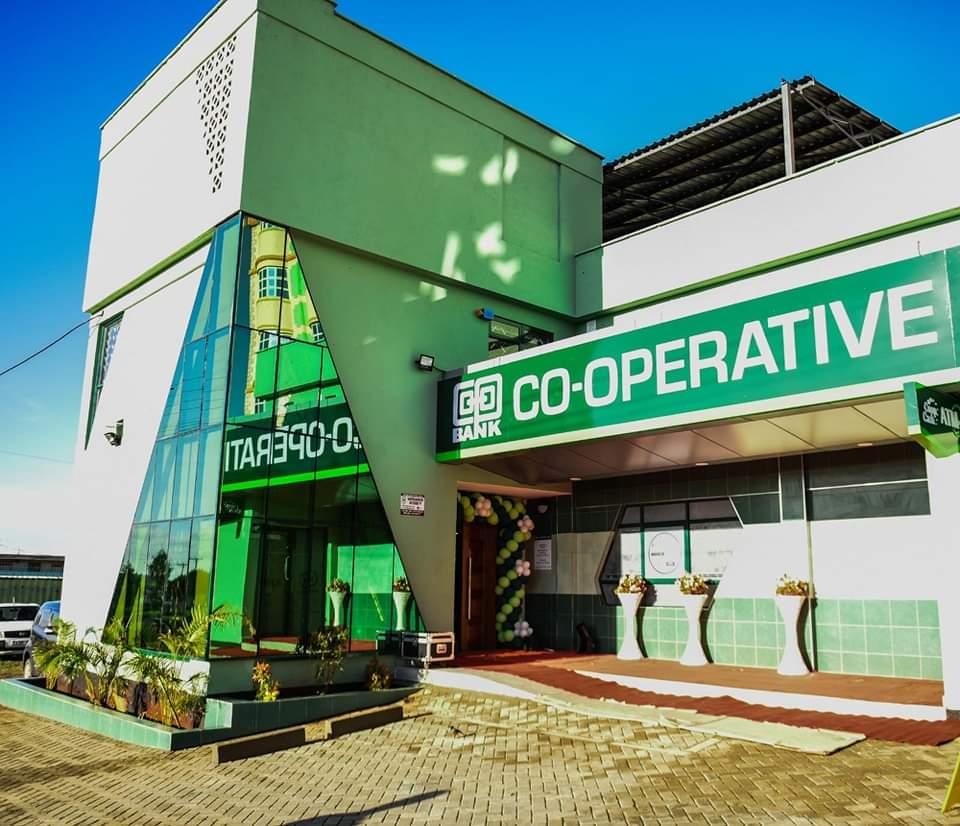Why the police are using colored teargas in today’s protests
Police forces are using teargas during protests to disperse crowds in today’s protests in Nairobi. The gas used in these teargas canisters has sometimes been dyed a bright color, such as pink or blue. While the explosive nature of teargas canisters itself is a contentious issue, the use of colored gas adds another layer of purpose and raises specific concerns.
Identification
The primary reason for using colored gas is for identification. The dye makes it difficult for protesters to wash it off quickly, allowing authorities to distinguish them from bystanders later. This can be a tactic to deter protestors from illegal activities within the protest or to identify potential leaders or repeat offenders. Proponents argue that this discourages violence and allows for targeted apprehension of those who break the law.
However, critics argue that this use of colored water has a chilling effect on free speech and assembly. The ease of identification can lead to protestors being hesitant to express dissent for fear of repercussions. Additionally, the focus on identifying individuals can distract from addressing the root causes of the protest.
Deterrence
Another reason for colored gas is psychological deterrence. The bright color is visually distinctive and can be disorienting, adding to the overwhelming effect of the teargas itself. This can be a tactic to break crowd cohesion and discourage further protest activity.
However, critics argue that this method can be seen as dehumanizing and unnecessarily harsh. The discomfort and potential health risks associated with the high-pressure water are compounded by the dye. This raises questions about the proportionality of the force used.
The use of colored teargas is a complex issue. While it offers a potential tool for crowd control and identification, the impact on freedom of expression and the potential for misuse raise serious concerns. Open discussion and clear guidelines on when and how these tactics can be employed are crucial to ensure that the right to protest is balanced with the need for public safety.







